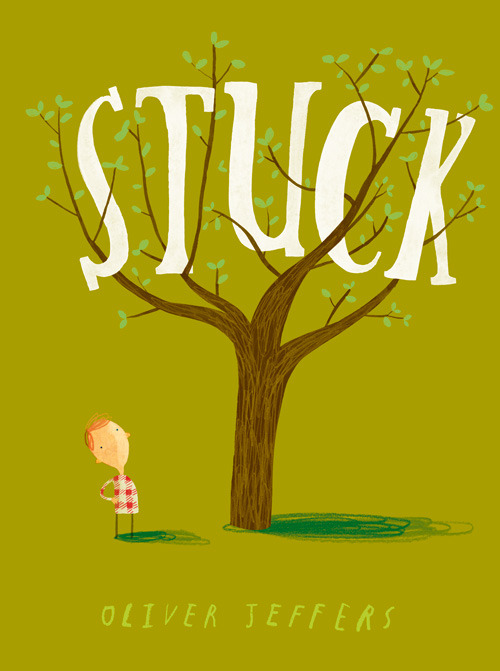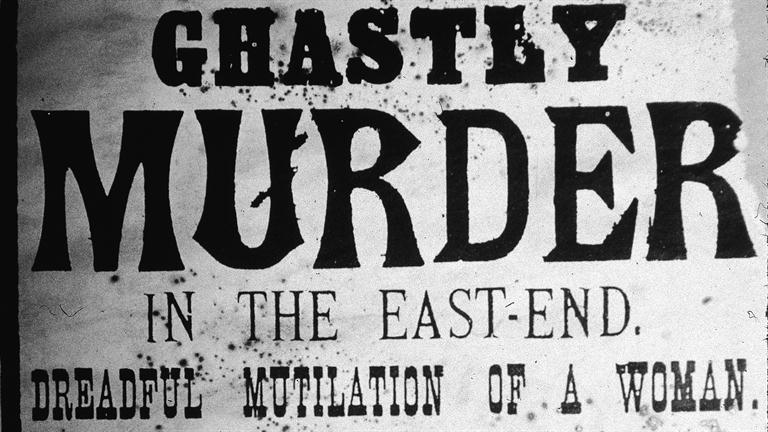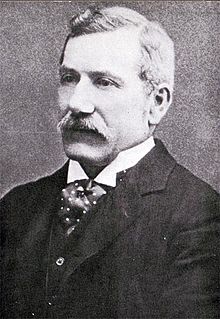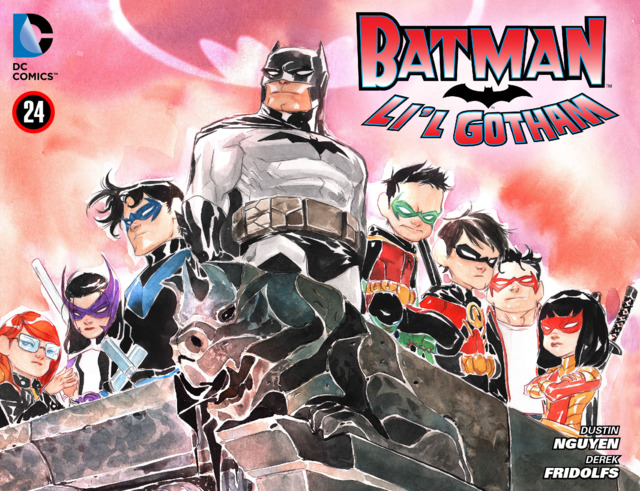For me spring is all about drinking in the sunshine while life is blooming all around you.

 Nothing breaks through the monochromatic dreariness of winter like the bold and colorful illustrations of Eric Carle. Two of Carle's books that are perfect for spring are The Very Hungry Caterpillar and The Tiny Seed.
Nothing breaks through the monochromatic dreariness of winter like the bold and colorful illustrations of Eric Carle. Two of Carle's books that are perfect for spring are The Very Hungry Caterpillar and The Tiny Seed.Now, neither of these books is specifically about spring (The Tiny Seed mentions all of the seasons). However, both books feature that change and growth in nature that we associate with spring: from caterpillar to butterfly and seed to flower.
Taking inspiration from Carle's unique style, I love to make tissue paper collages with kids after sharing his books. Older kids can cut tissue paper into actual shapes and pictures of their own design. With younger kids you can have them use pieces of tissue paper to fill in a template or just randomly glue them to paper (which can be just as beautiful).
Tissue paper is one of my favorite craft supplies because: 1) It is super cheap 2)It comes in so many colors 3)You can cut it, rip it, wad it, glue it, mod podge it, the uses are endless!
To create the collage put white glue in a bowl and thin it with some water. Take an old paint brush and brush a thin layer of glue on the paper and start pressing down pieces of tissue paper on top. The hardest part with little kids is to get them to not use so much glue that the collage is a sopping mess. If you want you can brush another thin layer of the glue and water over the top of the collage to give it a hard, shiny look.
There are oodles of wonderful picture books that are about spring. These are just a few that I have really enjoyed.
1. And Then It's Spring by Julie Fogliano and illustrated by Caldecott winner, Erin E. Stead
 I admit that part of my love for this book is because of the dog, who reminds me of the yellow lab I grew up with and the one I currently own. And Then It's Spring is a beautiful book about a boy who is sick of winter (we have all been there) and decides to plant a garden.
I admit that part of my love for this book is because of the dog, who reminds me of the yellow lab I grew up with and the one I currently own. And Then It's Spring is a beautiful book about a boy who is sick of winter (we have all been there) and decides to plant a garden.2. Bear Wants More by Karma Wilson
I am a big fan of all of Karma Wilson's adorable Bear books. In this one Bear wakes up after his long hibernation and he is HUNGRY! Follow along as Bear's forest friends help him find clovers, berries, roots, etc. to eat.
3. Spring Things by Bob Raczka
 Rhyming books are always fun for kids and this one elaborates on all of the amazing things happening in spring.
Rhyming books are always fun for kids and this one elaborates on all of the amazing things happening in spring.4. Stuck by Oliver Jeffers
What says spring like kite flying? My youngest son got one in his Easter basket this year and only just got to fly it this past weekend (darn Michigan weather). I have read this book countless times to kids and I have yet to meet one who doesn't love it and find it hysterically funny. Here is a fantastic video of the author (who is pretty easy on the eyes) reading Stuck.
5. The Curious Garden by Peter Brown
All of Peter Brown's picture books are visually stunning, but The Curious Garden stands out to me. A city boy finds some a small, struggling garden and decides to nurture it. Soon the garden is flourishing throughout the drear city. If you are from Michigan (or anywhere up north) you understand how long and cold and gray winter can be. It is hard not to do a happy dance when you see some green sprouting out of the snow, slush, and muck. The illustrations are so lush that you will find yourself touching the pages expecting to feel the soft green plants.
6. Little Mouse's Big Secret by Eric Battut
In Michigan we are inundated with fruit trees so spring (and summer) means apple, pear, and cherry trees are beginning to bud and blossom. In this cute and minimalist story Little Mouse finds a cherry and decides to hide it in the ground. The Cherry soon becomes a sprout and then a young sapling and then a flowering tree and finally a beautiful, mature cherry tree with enough fruit to share.
 The perfect project for this book is a fingerprint tree. Print or draw a tree trunk with branches on some heavy paper and let kids finger paint green leaves and pink blossoms. Super easy and mega cute. If you have a child that does not like to stick their fingers in paint (and it always seems like it is boys that have an aversion to paint on their fingers-at least in my experience) use q-tips. Side note: Always have q-tips for crafts. They are perfect for little hands to paint or spread glue. Plus, they are cheap and you can just throw them away afterwards.
The perfect project for this book is a fingerprint tree. Print or draw a tree trunk with branches on some heavy paper and let kids finger paint green leaves and pink blossoms. Super easy and mega cute. If you have a child that does not like to stick their fingers in paint (and it always seems like it is boys that have an aversion to paint on their fingers-at least in my experience) use q-tips. Side note: Always have q-tips for crafts. They are perfect for little hands to paint or spread glue. Plus, they are cheap and you can just throw them away afterwards.Another one of my favorite crafts that is perfect for spring is grass buddies. These are super easy and so much fun for kids to watch over time.All you need is potting soil, a cup, grass seed, and some things to make a face on the cup (google eyes, puff balls, foam pieces, etc.). Obviously, as the grass grows it will become the hair. I have made these several times at the library, Sunday school, and just at home and the kids always love them.






















